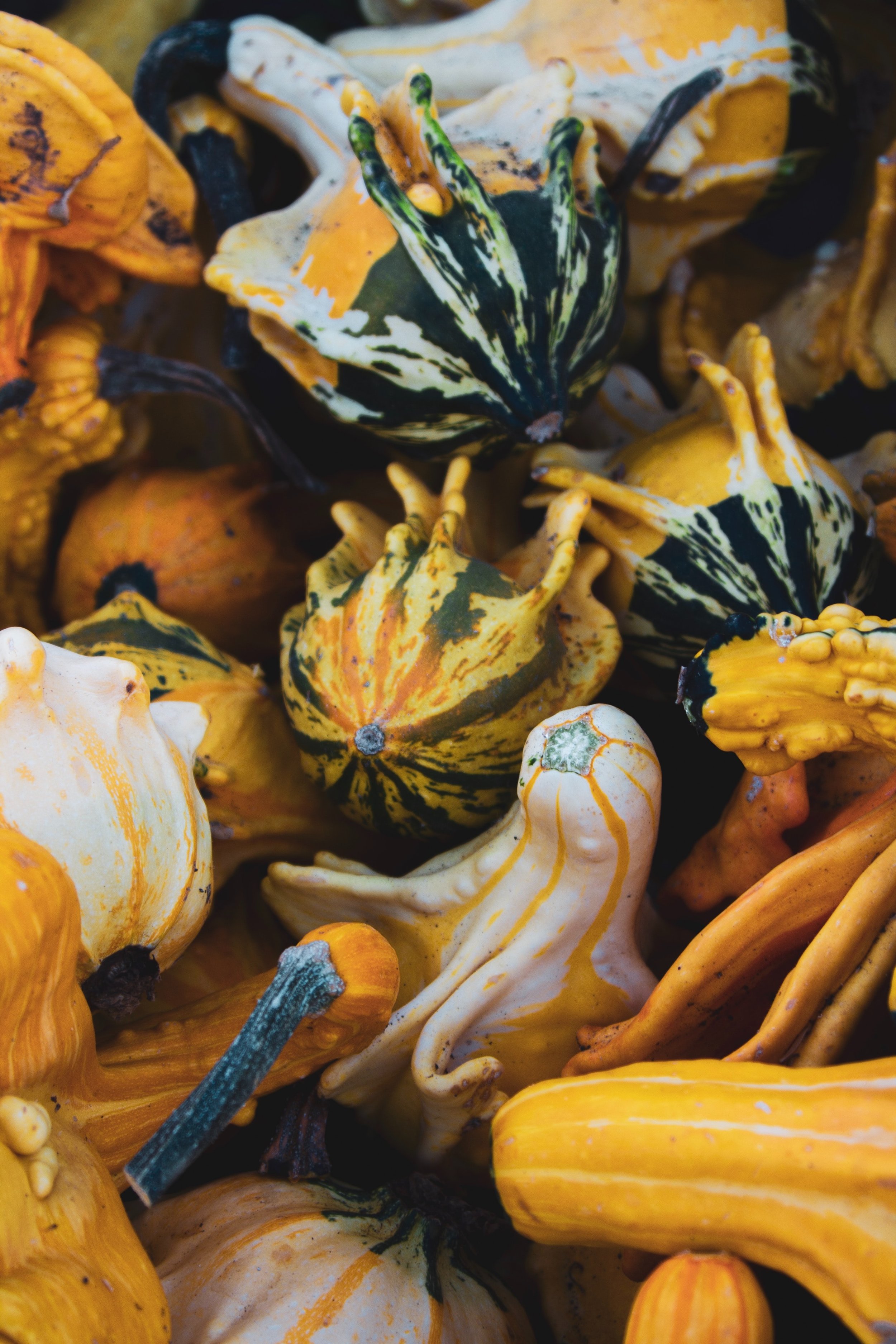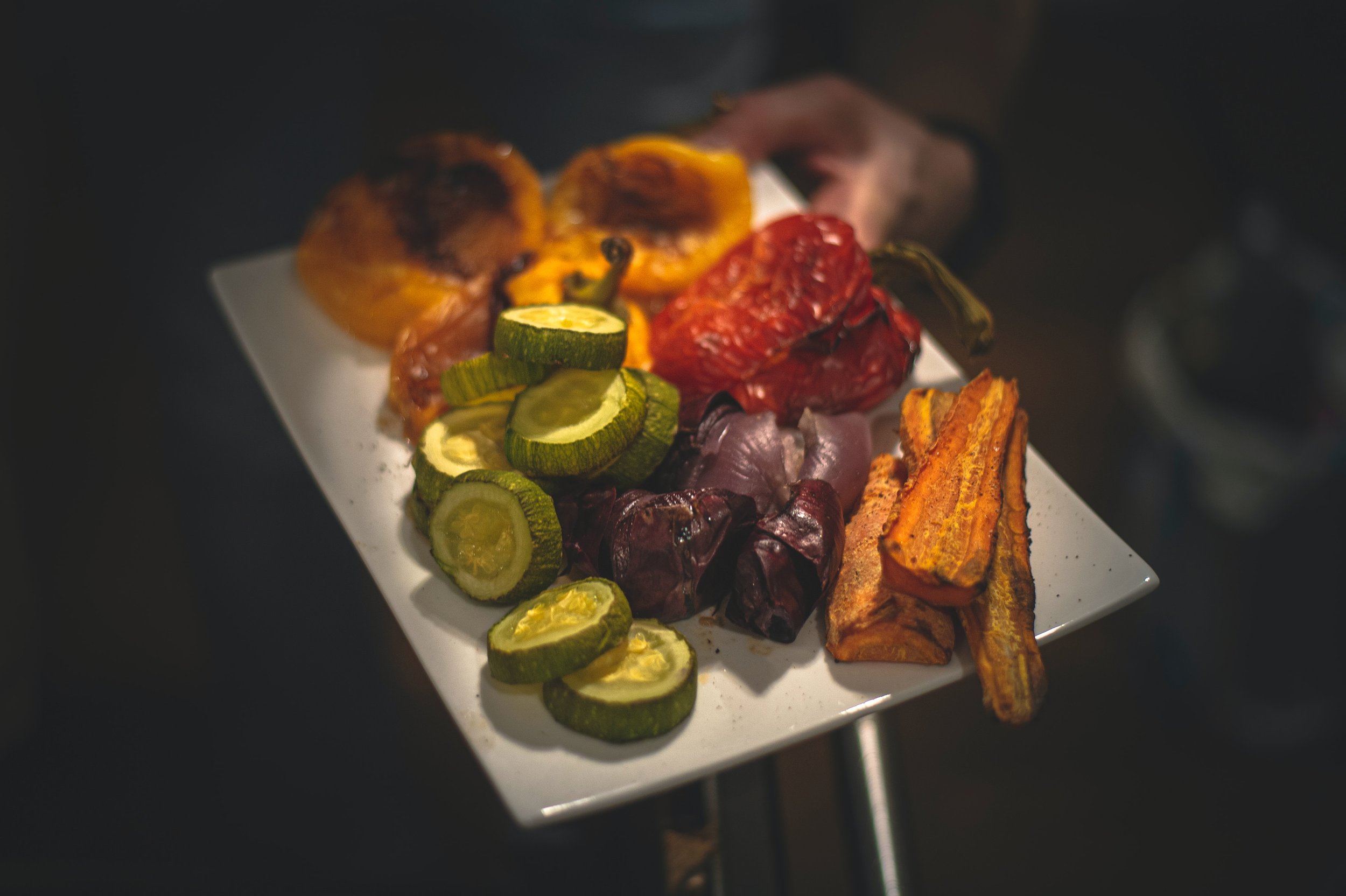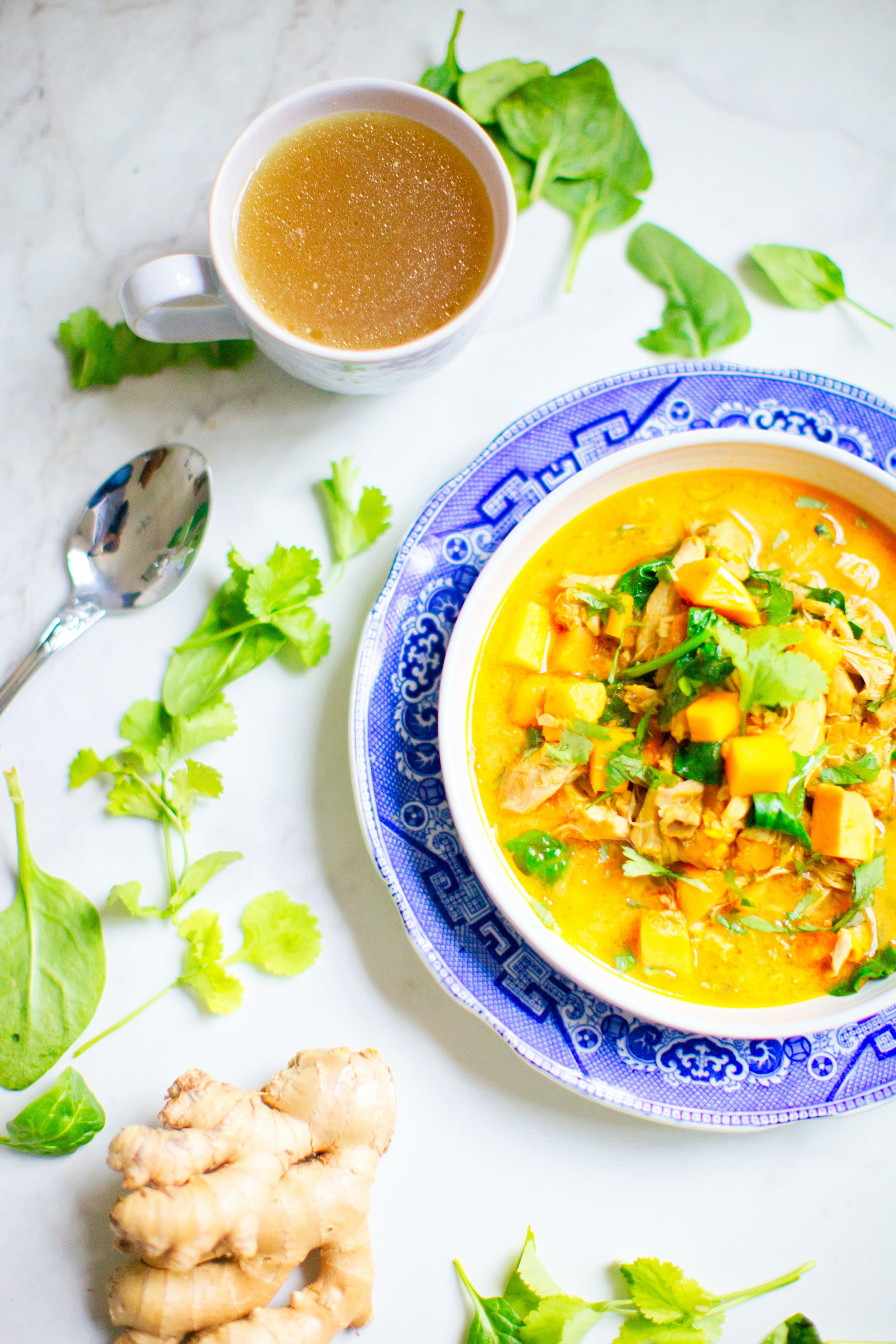The Gourd Life





If you’re craving a more vibrant shift into autumn than Hawai‘i’s temperate climate allows, try adding a savory fall squash to your kitchen repertoire. Rich in burnt oranges, deep yellows and dark greens, fall squashes add a splash of fall color to your palate.
Technically there isn’t much difference between fall, winter and summer squash. While zucchini is more abundant in the summer, common varieties of pumpkins, kabocha and butternut squash are the same throughout the seasons. What makes them slightly different is the thickness of the stem and outer skin. The skins are thinner in the summer, when the growing time is shorter and thicker in the fall—the better to withstand storage in the winter.
For squash intel, I asked Kevin Lee for help. He is the chef and owner of PAI Honolulu, an intimate, highly personal, downtown Honolulu restaurant. Lee has a degree in Food Science from University of California at Davis and a culinary degree from Culinary Institute of America—who better to provide insight and tips on cooking with squash? As a side note, Lee’s pumpkin PAI salad with roasted kabocha, toasted pumpkin seeds and seasoned with warming spices—allspice, cinnamon, cayenne and served on a bed of crisp greens is one my favorite salads. Hint to the chef: I hope it will be back on the PAI menu soon.
HERE ARE FEW OF CHEF LEE’S TIPS FOR COOKING SQUASH.
1. Use a serrated knife to cut through squash with tough outer skins. First cut off the stem area and slice in wedges, similar to cutting a melon.
2. Roasting squash in peeled chunks—as opposed to a squash cut in half—will allow for more exposed surface area and help the vegetable develop rich, robust flavors.
3. Try using chunks of squash in Indian flavored stews. Season with green cardamom, fennel and star anise; for a little heat, add Szechuan peppercorns. When using squash in a stew, be careful not to boil the squash, which will deteriorate the texture. Better to cook just under a low simmer.
4. The best way to test for doneness is using a cake tester to ensure the squash is cooked through. Lee recommends cooking until just slightly underdone to allow for the residual heat to complete the cooking process.
Roasted chunks of squash are great served over greens and lightly dressed with drizzles of olive oil and balsamic vinegar. Or as a side dish with lightly toasted, warm walnuts and crumbles of queso fresco. You may also use crumbled goat cheese, but the softer and saltier flavor of queso fresco works best.
Here is Lee’s easy preparation for the miniature pumpkins that usually get tossed after Halloween. Wash and dry the pumpkins, slice off a quarter of the top, scoop out the seeds, lightly rub inside and out with olive oil, salt and pepper, place on a lined baking sheet and roast in the oven at 350 degrees for roughly 40 minutes or until firm but tender. The shells can be filled with a grain salad—think farrow, wild rice or Israeli couscous. I like to add diced dates or golden raisins and pine nuts to the grain salad for a variety of textures.
For those who are eaters more than cooks, Lee created culinary kits aligned to the season. The kits were designed by the chef as a way for families and friends to participate in preparing a meal together. Each kit comes with the ingredients prepped and step-by-step instructions—all
of the culinary fun and none of the stress. PAI Honolulu is offering a squash and root vegetable gratin as part of the restaurant’s fall offerings. Contents and themes change weekly.
